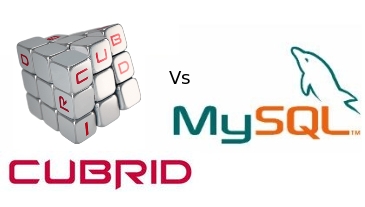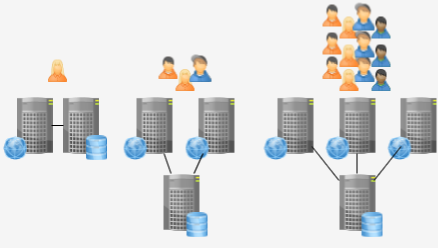HHVM: In looking for an infrastructure to comput more efficiently HHPM an efficient PHP Engine was developed by Facebook . Commonly know as HipHop for PHP. HHPM is an intermediate bytecode language which translate PHP to native code through JIT(Just In time Compiler).PHP is simple to learn, read, write, and debug.Through HHPM CPU usage can be […]









